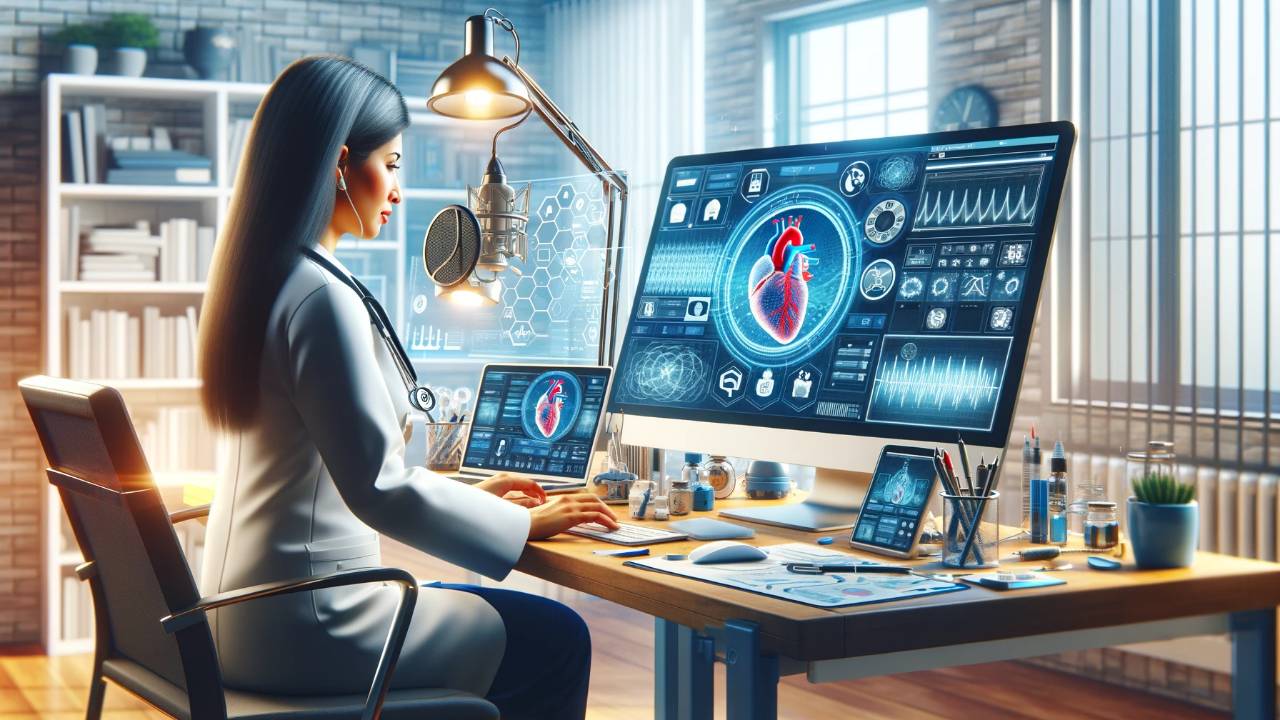
Summary: Explore the transformative innovations reshaping medical education. Discover groundbreaking teaching methods and technologies that are revolutionizing the way future healthcare professionals learn and practice medicine.
Medical education is undergoing a profound transformation, driven by innovative teaching techniques and technologies. Here's an in-depth exploration of the revolutionary changes shaping the future of medical training:
1. Simulation-Based Learning:
Realistic Scenarios: Medical students practice clinical skills in simulated environments, enhancing hands-on experience and decision-making.
2. Virtual Reality (VR) and Augmented Reality (AR):
Immersive Learning: VR and AR technologies provide immersive medical simulations, enabling students to explore the human body and complex procedures.
3. Flipped Classroom Model:
Active Learning: Inverted teaching methods encourage students to prepare with pre-recorded lectures and engage in interactive discussions during class.
4. Gamification:
Interactive Learning: Educational games and quizzes motivate students and reinforce medical concepts in an engaging way.
5. Online Learning Platforms:
Accessible Resources: E-learning platforms offer a wealth of medical resources, from lectures and textbooks to interactive modules and quizzes.
6. Artificial Intelligence (AI):
Personalized Learning: AI-driven systems adapt to students' needs, providing customized study plans and feedback.
7. Problem-Based Learning (PBL):
Critical Thinking: Students tackle real medical cases, fostering problem-solving skills and teamwork.
8. Team-Based Learning (TBL):
Collaborative Education: Emphasizing teamwork, TBL encourages students to work together to solve complex medical challenges.
9. Interprofessional Education (IPE):
Holistic Approach: Medical students collaborate with professionals from other disciplines to understand the comprehensive healthcare system.
10. Telemedicine Integration:
Practical Experience: Telemedicine is integrated into education, allowing students to conduct virtual patient visits and gain experience in remote healthcare delivery.
11. Global Health Experiences:
International Perspective: Medical schools offer global health programs, allowing students to gain exposure to diverse healthcare systems and cultures.
12. Empathy and Communication Training:
Patient-Centered Care: Programs focus on enhancing students' communication skills and empathy toward patients.
13. Personalized Learning Plans:
Tailored Education: Students receive personalized study plans, taking into account their strengths, weaknesses, and career goals.
14. Continuous Assessment:
Regular Feedback: Ongoing assessments and feedback help students track their progress and identify areas for improvement.
15. Medical Simulation Centers:
Advanced Facilities: High-tech simulation centers replicate clinical settings, providing realistic training environments.
16. Peer Teaching:
Knowledge Sharing: Students teach and learn from their peers, fostering a collaborative learning environment.
17. Ethical Dilemma Discussions:
Ethical Awareness: Students engage in discussions about challenging ethical scenarios in healthcare.
18. Adaptive Learning Technologies:
Personalized Curricula: Adaptive platforms adjust course content and pacing to suit each student's learning speed and style.
19. Research Integration:
Scientific Inquiry: Medical education emphasizes research skills, encouraging students to contribute to medical knowledge.
20. Mindfulness and Well-Being Programs:
Holistic Care: Schools prioritize student well-being, offering programs that teach stress management, resilience, and self-care.
Conclusion:
The future of medical education is marked by innovation and adaptation to meet the evolving needs of healthcare professionals. By embracing these groundbreaking teaching techniques and technologies, medical institutions are preparing the next generation of doctors to deliver high-quality, patient-centered care in an ever-changing healthcare landscape.



